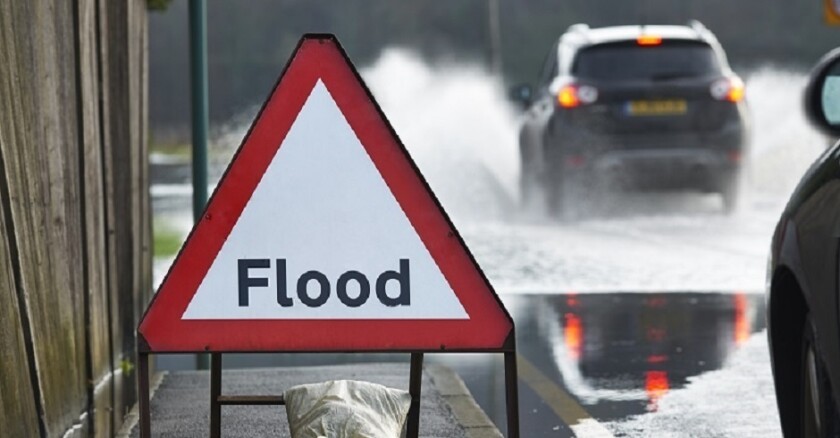Up until Hurricane Katrina in 2005, the program was self-sustaining, for the most part, sometimes taking short-term loans to keep up. But Last year, the debt reached almost $25 billion, of which $16 billion was forgiven by Congress last November. The debt is now $20.5 billion.
Critics believe the program, in its current form, is unsustainable and needs reforming. Otherwise, another season like last season, with hurricanes Harvey, Irma and Maria, could require forgiving more debt.
“We’ve been here before, going back to 2008 to 2012 of extensions without any attempt to reform,” said R.J. Lehmann, director of finance, insurance and trade policy for the R Street Institute, a free-market think tank. “Now our focus is on November in the lame-duck Congress to see if there is any chance for either chamber to get together and agree to some basic reform.”
Lehmann said that most people hit by devastating floods in recent years, think Harvey, didn’t have flood insurance and weren’t in flood zones. Getting those people to buy coverage is important and that’s where the private sector can help.
“It’s possible to make adjustments to the program that will bring it on a better course, but you’re never going to pay down the debt that it already has, and over the long term — given changing flood patterns and climate change — we would expect even bigger issues.”
He said private participation would help get those people to purchase insurance and help with things like investing in mitigation, building levees and damns, constructing natural infrastructure and even buying out properties that are repetitively flooded. Those multiple-loss properties account for less than 2 percent of NFIP policies but for 30 percent of claims.
Laura Lightbody, Pew NFIP project director, addressed the subject of the private sector entering this space with Emergency Management in November. “We all know that insurers will likely take on the lowest-risk properties. That’s why we’re really focused on the issue of repetitive and repeatedly flooded properties, knowing that those are a lot of the highest risk and represent the largest financial drain on the program,” she said.
Lehmann said there has been growth in the private insurance industry as of late, that in 2017 the number of policies grew by about 50 percent over the previous year. That represents about 15 percent of all flood insurance written in the country.
He said there are obstacles to continued growth in the private sector, including clarity from lending regulators on what terms they will accept for mortgages that are federally related and have a flood insurance requirement.
“There’s also the issue that for private companies to offer NFIP policies through the Write Your Own program, they currently have a non-compete [provision] and cannot write their own private policy,” Lehmann said. “We think that should be lifted.”
The program, as it is now, undervalues the potential flood risk of many in harm’s way. “The NFIP does not accurately measure or charge for flood risk, which means that tens of thousands of its policyholders are lulled into a false sense of security when they are really in harm’s way,” Dallas Rep. Jeb Hensarling, wrote in an email to colleagues. “The program also creates perverse incentives to build and rebuild homes in flood-prone areas.”
The extension was the sixth since December. Lehmann is hopeful, but not optimistic that reform can be accomplished rather than continuing the trend of extensions. Debt forgiveness is fine, he said, but some sort of compromise that aims for sustainability would have to be part of it next time.
“From our perspective, the money is already spent so how you account for it is not something I’m terribly concerned with, but I don’t want to perpetuate the cycle,” he said. “As part of a ‘grand bargain’ where we invest in mitigation, invest in better flood maps, move policies to risk-based rates and encourage private insurance, then yes, you can do forgiveness.”







